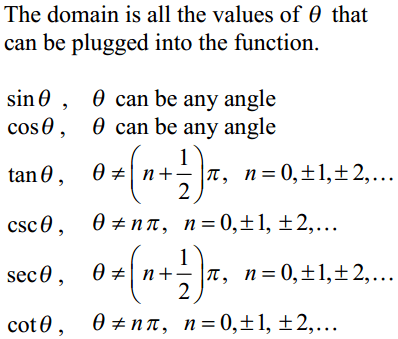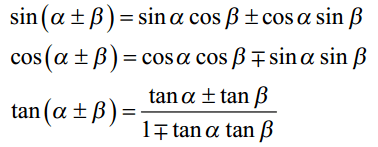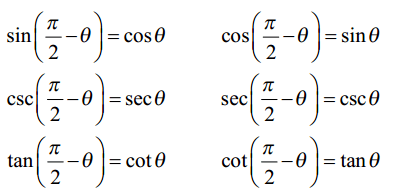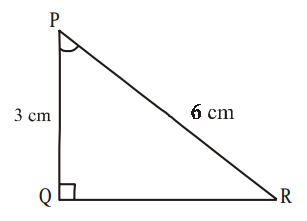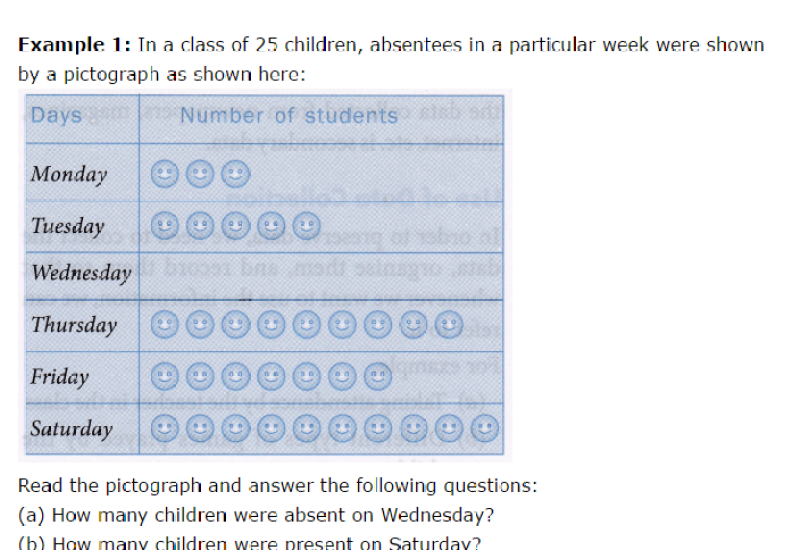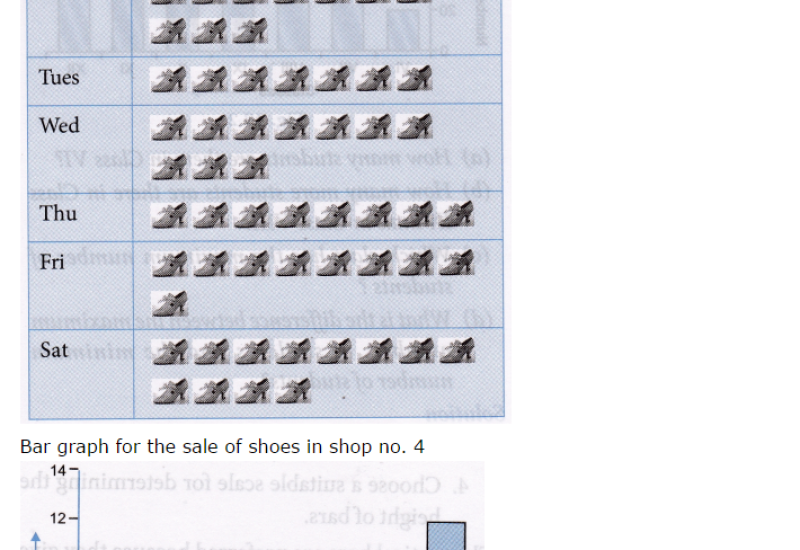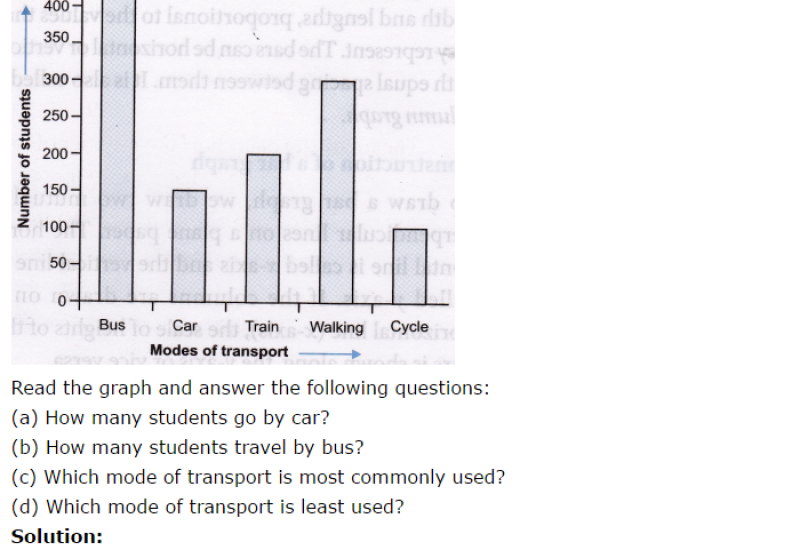Total Surface Area of a Cylinder: Let us carry out a small activity. Take a ring. We know that ring is circular in shape. Now place another ring on the first ring and so on. You will see that when you place such rings, the structure that you get is a cylinder, which is three dimensional. Let us learn about the volume of a Cylinder and Total Surface area of a Cylinder in this chapter.
Cylinder
Any solid which has two circular ends along with a curved surface area is said to be a cylinder. It has a curved surface in the middle. The base and the top surface are identical. That means the bases are always parallel and congruent to each other. Cylinder has no vertices.

Total Surface Area of Cylinder
The total surface area of cylinder is the area of the circles plus the area of the round section in the midle. The Surface Area (SA) is found with the formula: SA = 2πr2 + 2πrh


Find the Total Surface Area of each figure. Remember, d = 2r. Type your answers in the comment box
(i)

(ii)

(iii)

(iv)

(v)

(vi)

(vii)

(viii)

(ix)

Calculate the total surface area of a cylinder for the given problems and type your answers in the comment box.
Volume of Cylinder
The Volume of Cylinder is the product of the area of the base (B) times the height. The formula for the Volume of the Cylinder is V = B x H. Volume is expressed in cubic units , or units3

Find the Volume of each figure. Remember, d = 2r. Type your answers in the comment box
(i)

(ii)

(iii)

(iv)

(v)

(vi)

(vii)

(viii)

(ix)

Calculate the volume of cylinder for the given problems and type your answers in the comment box.



